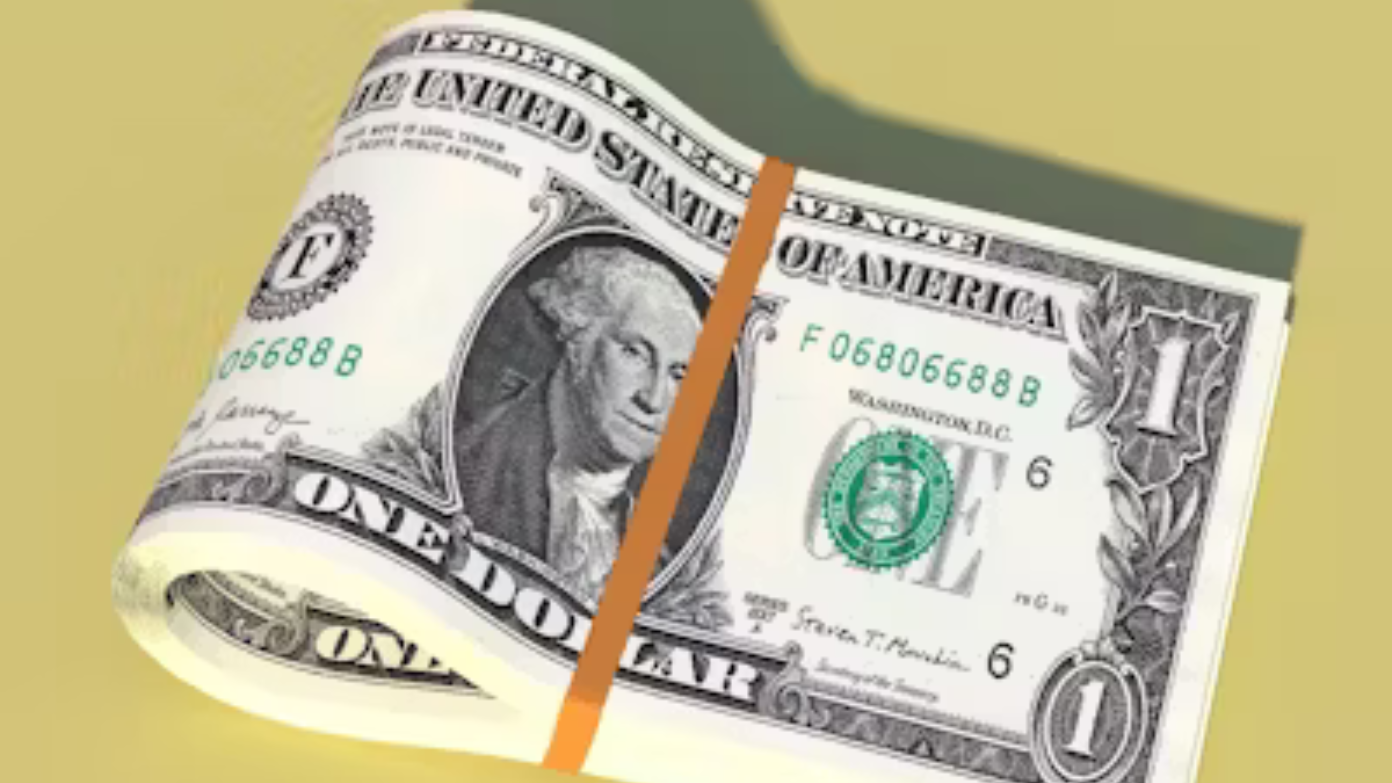The US dollar has enjoyed its long-drawn downfall in 2025, losing more than 9% against a basket of currencies of major trading partners since mid-January and hitting multi-year lows. This is indicative of changing investor mood, geopolitics tensions, and differing monetary policies. Though a softer dollar will boost some segments, it will also enhance inflationary forces and tests for America’s economic dominance.
Trade dynamics: Export gains and import costs
One of the major effects of dollar weakness is its trade imbalance nature. The weaker dollar makes U.S. exports cheaper to foreign consumers who enjoy positive exchange rates. Sectors such as agriculture, aerospace, and tech have witnessed more demand, and soybean and machinery exports are up 12% to the current period. Imports, though, are costlier, tighting margins for U.S. companies depending on foreign components. The automobile and electronics sectors, which source 40–60% of their components globally, have higher costs of production, which can lead to consumer price rises.
The U.S. historically has had long-standing trade deficits, exporting fewer goods than it imports. A weakening dollar can reduce this shortfall by increasing exports, but this is moderated by structural considerations. For example, tariffs in current trade policy have caused supply chains to be rattled, counteracting the benefit of currency depreciation. The 2024 Chinese semiconductors and electric vehicle tariffs of the Biden administration, as well as retaliations, have muddled this computation.
Inflationary pressures and consumer impact
The depreciation of the dollar has direct inflationary consequences. Foreign goods, from German machinery to Chinese consumer electronics, cost 8–15% more than they did in early 2024. The rise contributes to already existing price pressures, particularly in energy markets. Oil, priced in dollars globally, becomes less expensive for foreign consumers, boosting demand and world crude prices. US consumers, meanwhile, pay higher prices for gasoline and utilities as domestic producers equate prices with international standards.
Core inflation, removing transitory food and energy price volatilities, rose to 3.8% in Q1 2025—well above the 2% target of the Federal Reserve. Though the Fed first considered dollar weakening as short term, perpetual risks of depreciation causing inflation expectations to harden persist. The market now puts a 45% probability on more rate increases toward the latter half of 2025, reversing earlier cuts forecast.
Investor sentiment and the dollar’s reserve status
The dollar’s status as world reserve currency supports its “exorbitant privilege”, whereby the U.S. can borrow cheaply and exercise financial leverage. But skepticism about this role has grown in 2025. Foreigners reduced their holdings of U.S. Treasuries by $180 billion during Q1, the sharpest decline since 2016, as central banks diversify into euros, yen, and gold.
Geopolitical tensions and policy uncertainty have hastened this shift. The Trump administration’s 2025 trade moves, such as threatened tariffs on Organization of the Dollar Bloc nations, have scared investors. “The uncertain policy climate undermines the dollar’s perceived stability,” says UC Berkeley’s Barry Eichengreen. Meanwhile, China’s Yuan has become fashionable in commodity trades with Brazil and Russia, for 22% of global settlements—up from 15% in 2023.
Monetary policy divergence and currency wars
The Federal Reserve is caught in a bind: raising rates to prop up the dollar threatens to strangle growth, doing nothing threatens inflation and capital flight. Other central banks are taking advantage of dollar weakness in the meantime. The European Central Bank (ECB) has stopped cutting rates, and the Bank of Japan intervened in April 2025 to stem yen appreciation by purchasing $35 billion of U.S. Treasuries.
They are especially exposed. Dollar-denominated debt countries like Argentina and Pakistan face increasing costs of repayment. To support their currencies, central banks from India to Mexico have been selling reserves, reducing dollar holdings by $320 billion worldwide since January. This self-reinforcing mechanism threatens a “currency war,” as competitive devaluations undermine gains in trade.
Structural challenges and long-term outlook
Apart from cyclical factors, structural forces are undermining the dominance of the dollar. U.S. federal debt is over 120% of GDP, raising concerns of fiscal unsustainability. While dollar demand in international trade has usually masked this risk in the past, alternatives like digital money and bilateral yuan transactions are undermining dollar reliance.
Read more: Boeing shares fall on news that China will halt orders as part of Trump’s trade war
Read more: What is the 10-year treasury yield and why have the Trump tariffs impacted it

